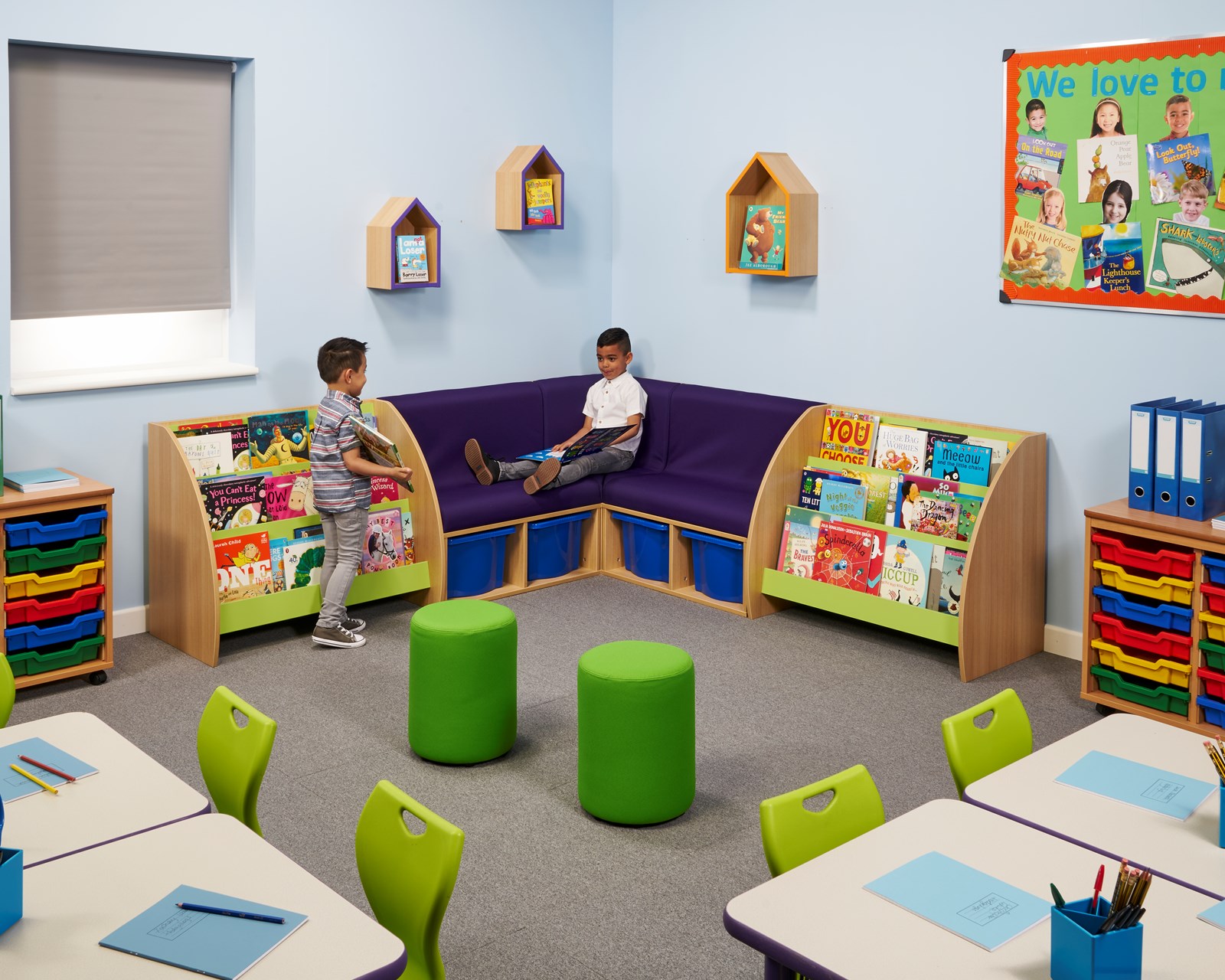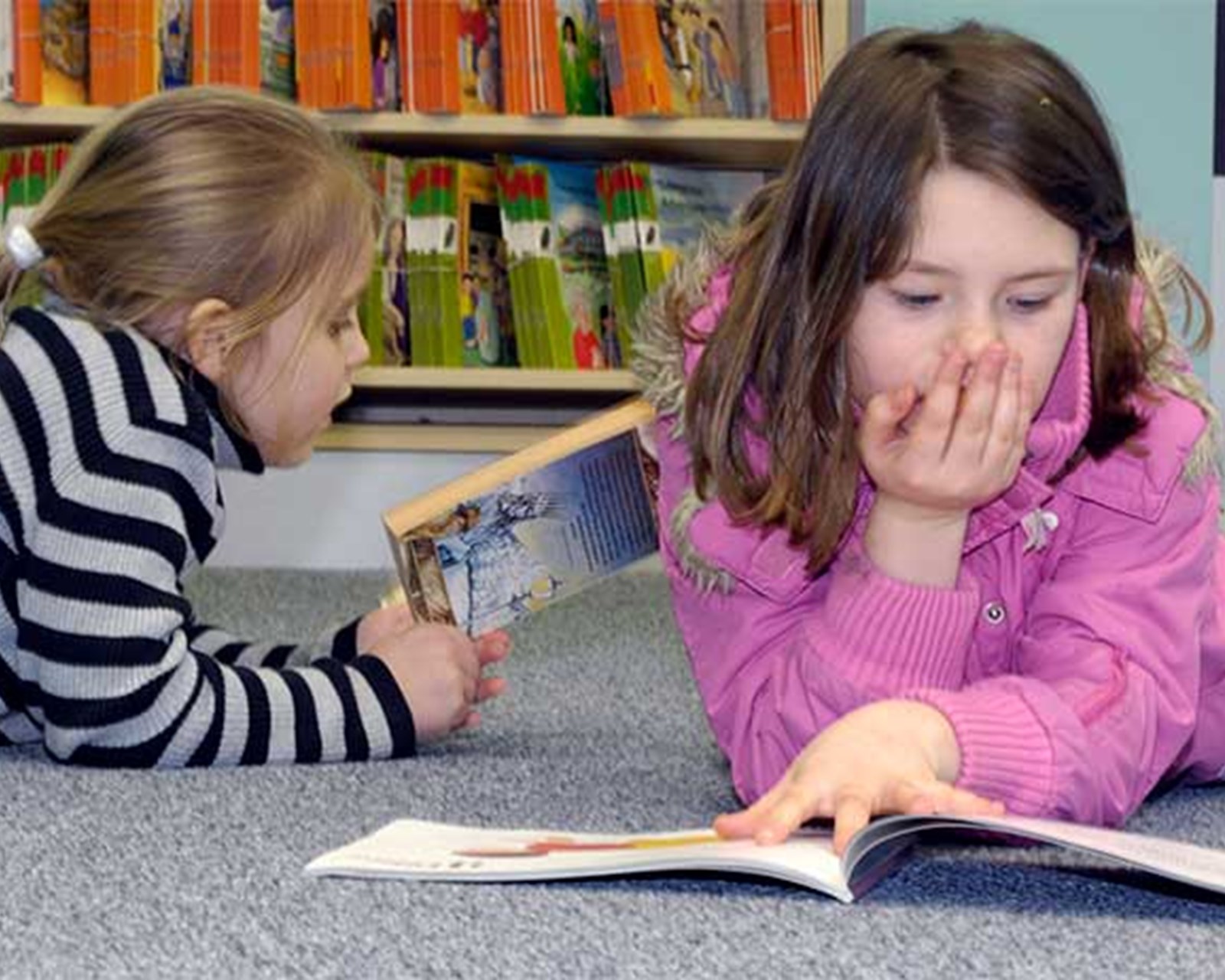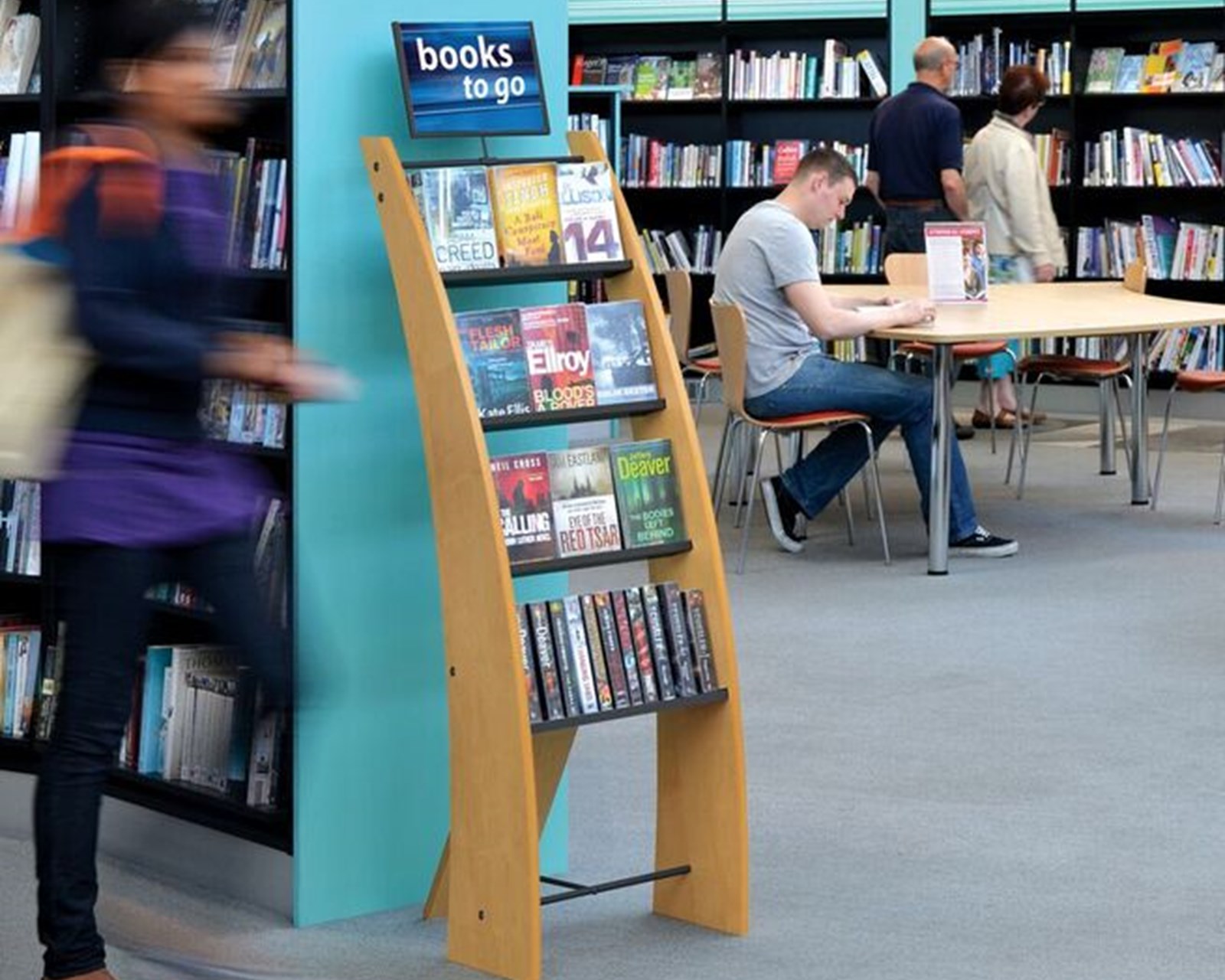Getting Boys to Read
Reading research shows that boys are less likely to enjoy reading than girls. More boys than girls struggle with reading and writing at school and boys are more likely to say they don’t spend any time reading outside the classroom.
But it’s tough being a boy in a world dominated by women and girls who love books –whether it's classmates achieving higher reading scores; teachers who seem to be mostly female (lots more woman than men in elementary schools); or mothers and grandmothers who are still the primary carers for most boys aged 10 or younger.
We’ve put together some of our favorite quick fixes to support boy-friendly practice in your school library or classroom.
1. How boy-friendly are your reading spaces?
Sometimes the books on display in classrooms and the library are sending messages about the kind of readers and reading that is valued in your school. Without realizing it the books you feature might make boys think that the space is for girls and not for them. Think how dark-and-mysterious books aimed at boys will display or how pink and sparkly books for girls will look. Too much of either of these and you could exclude half of your reading audience by the book cover messages alone.
Here’s a short video with our top tips for merchandising one of our most popular products, the Reading Hideaway, especially for boys.
Select books which have boy-appeal and turn them face-out so the covers can be seen and you will quickly send out a more boy-friendly message. If you’re struggling to think of which books to feature, there are plenty of excellent booklists online.
As well as the books you feature in your reading area, it is worth thinking about how to make the space itself more relaxed and with more boy-appeal. This could mean an area where boys have some privacy or it might be giving them an input into the design of the surroundings. Ask a group of boys what they would love to sit and read on, even it means cushions or beanbags on the floor. Make sure the colors are gender neutral too and not alienating to boys.
2. Reading for pleasure does not always mean fiction.
Many young readers, especially boys, find their reading enjoyment, and indeed passion, in facts, jokes or even poetry. There are an increasing number of great titles published for young readers about real situations and events – history, politics, the environment, supernatural happenings, sports, amazing facts - which are told as a narrative or story.
Here’s a flavour of what narrative non-fiction is all about:
It’s also worth rescuing small books – especially collections of jokes, fast facts and poetry – often hidden between the bigger books on the non-fiction shelves. Display them in a prominent position where boys will see them. Books you can dip in and out of will be more tempting to reluctant readers than longer fiction.
3. Make reading active
Boys are active, so incorporate this into reading time. Get children to “act out” what they have read, and pretend to be book characters. For younger children, after reading a book, draw the characters together, or make puppets and put on a show.
4. Give lots of praise and support boys’ reading choices
Boys thrive on praise and will love getting attention for positive behaviors! When he is reading well, give him encouragement. Always try to be specific rather than general about the praise you are giving. and it will have more impact. If a boy can understand exactly what he has done to earn the praise he will learn more quickly. Make it clear that if he makes a mistake in reading he is not a failure – that’s the way you learn. Allow boys to make ‘real’ reading choices when reading for pleasure rather than what you would like them to choose. Validate these choices with positive reinforcement and genuine interest.
5. Celebrate reading in all its formats
Avoid sending out a message, however subliminal, which says print fiction is better than electronic media or comics.
The Schools Library Journal has regular features and reviews of reading and storytelling apps.
Comics are a great way to encourage boys to read as they tend to be visual learners. Here are the 10 best graphic novels of 2016 selected by the “Good Comics for Kids” bloggers.
My own 6-year-old son is a strong reader for his age, thanks to the heroics and potty-humor of Captain Underpants! The comic book style writing taught him how to read with emotion and inflection, something not all genres can do, and the boy-humor really got him hooked! We used the momentum we gained from his own personal discovery of reading for pleasure to expose him to new genres whenever we can. Thank goodness for “the power of underpants.
 United States
United States Canada
Canada United Kingdom
United Kingdom








